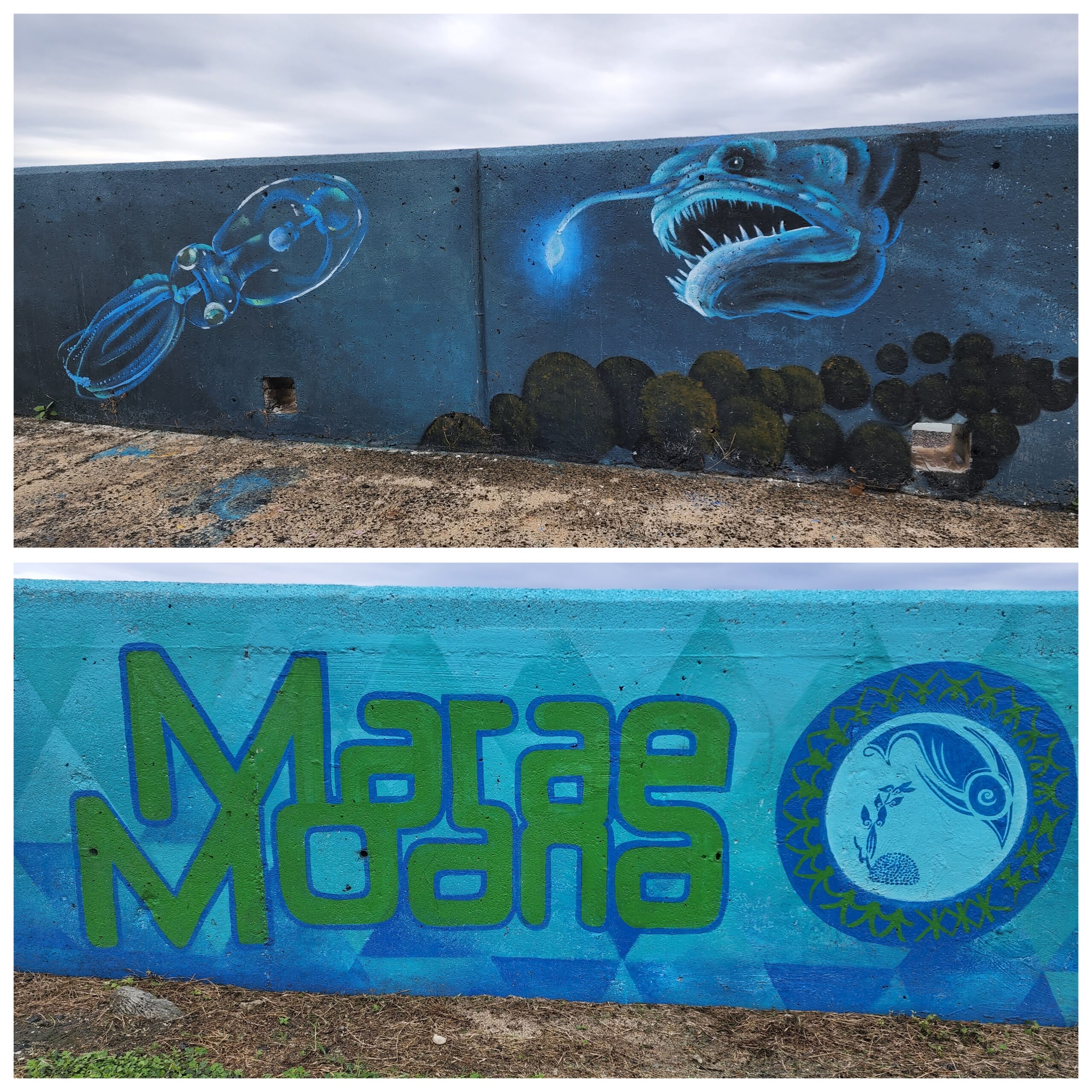Seabed Mining Benefits vs Losses
This environmental article was written by Te Ipukarea Society Executive Member June Hosking
When in Rarotonga it’s fun to observe progress on the seawall; great artwork guys! My mind is taken back to Lagoon Day 2012 when I, along with hundreds of others, looked forward to a marine reserve (now named Marae Moana) managed by guardians focused on sustainability.
As I drive by the Marae Moana logo however, mixed feelings stir within me and my mind recalls an old Maukean saying.
Me te ora nei te Metua Tiratiratu ei te tamariki Me ngaro ake te Metua Auouo aere te tamariki
When the parents are present The children prosper
When the parents aren’t there
The children wander aimlessly
For some time now it seems the parents have left the children without guidance. However, recent activity amongst those parents/guardians gives me hope that things are changing for the better… time will tell.
When you next go by the Marae Moana logo see if you can spot depictions of Community, Culture, Environment, and Economy; they’re in there because for a sustainable future decisions and actions must ensure all four remain in balance.
Our Marae Moana guardians are now looking at the possibility of Deep Sea Mining (DSM). To check for balance I drew up a Benefits and Losses table based on what is known today.
The Probable benefits include a few new jobs for locals, metals for green technology and financial gain. Note that all three benefits may be cut short as efforts increase to recycle existing materials, develop technologies not requiring DSM metals and a global movement of companies pledging not to buy metals from DSM.
The Probable losses include increased stress on an already stressed environment; seafloor compaction; sediment plumes; noise and light pollution; removal of habitat; contamination and interruption of the food web; loss of larval supply; extinction of species; lost opportunity to research deep sea life and their possible health benefits; ecosystem collapse because the removal rate outstrips regeneration rate (a crude example of this would be the time Andrew and I returned home to find our banana patch gone, not even a root was left by the pigs, just one dry leaf. It took fencing, new root stock and 2 more years to get fruit again.
That time scale is a speck of dust compared to the deep sea where life in a slow evolving environment is measured in thousands of years. A trial deep seabed area was cleared over 30 years ago and still shows no signs of life. Nearby life has also suffered).
My list above isn’t complete or detailed (you are most welcome to find out more at the TIS office), but it is enough to show that DSM is far from balanced.
Ask yourself is DSM worth the risk? I ask, do we even need as much ‘green technology’ as we currently consume?
What if we demand less stuff to reduce demand on natural resources?
Mauke’s dump reveals strings of solar powered lights, rechargeable torches, fans, radios, desktop lamps, sensor lights etc. LEDs work, but the circuits and batteries aren’t replaceable. They last from a couple of weeks to a year, longer if you’re really lucky.
Is that really ‘Green’?
We have a dozen or so dead sealed batteries weighing around 26kg each and a dead inverter weighing about 36kg - good metal with nowhere to go. We have working brick phones only good for 2G (unsupported in Mauke), small dead batteries and other e- waste.
New technology doesn’t allow for replacing batteries in phones or laptops anymore. We can’t even use one charger cable for two phones of same brand bought only months apart!
Before considering creating any new stresses and damage to fuel these unsustainable cultures, developers should have to guarantee long life renewable technology.
Recycling existing metals in landfills and backyards must be a priority. We need to move away from an unsustainable throw away culture and the trend to continually upgrade.
Proverbs 27:1, 23-27 is my guide to sustainability. Paraphrased - ‘Don’t boast about tomorrow for you don’t know what it may bring… Be sure to know the condition of your animals (land, sea & air) for money doesn’t endure, governments aren’t secure… crops and animals provide food, clothing and drink… enough for all.’
Living in Mauke brought the realisation that nothing exists independently. We are an integral part of the food web, we really are our tupuna; the result of
what has gone before and thus impact what is ahead [Ecc 3:15].
I get a coconut from a tree planted by my tupuna. Their waste fed that tree enabling its building blocks of life; we and animals consume coconut energy, enabling production of new building blocks. Animals mate producing new life that requires energy to make its building blocks, plant matter and our excretion feeds microbes which in turn feed plants which feed us and so on. Life begets life. Energy can’t be created or destroyed; it just transfers from one form to another.
Like the rest of God’s clever plan, life cycles in the deep ocean don’t exist in isolation. They’ll be enabling life higher up, which eventually enables our lives.
The influence our nation has on climate change is a drop in the ocean. BUT when it comes to Deep Sea Mining our decision will impact the whole Moana-Nui-a-Kiva - like a tiny stone flicked from a grass cutter that shatters a window thousands of times larger than itself.
Our consent damages not just us. Unless we can guarantee no losses to our web of life we have no choice but to say NO to DSM.

